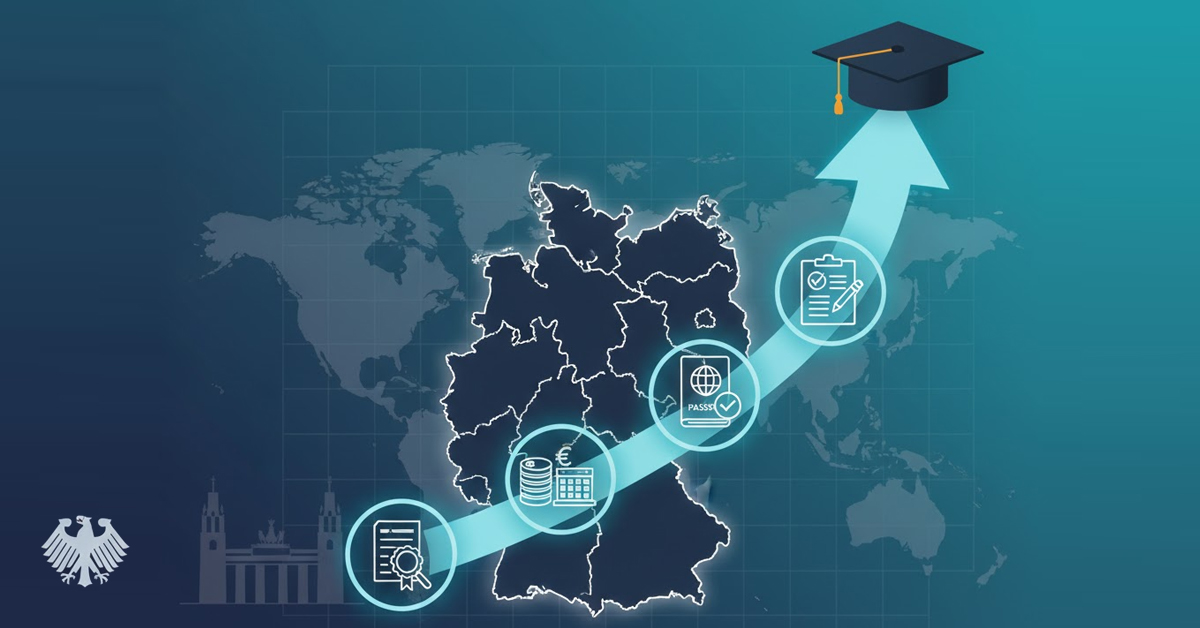Going abroad for higher education is a big step and often, a big expense. From tuition fees and accommodation to travel and daily living costs, the total amount can feel overwhelming. That’s where an Education Loan becomes your strongest support. In this blog, we’ll break down what an Education Loan really is, why it’s better than using your savings, and most importantly, the top 9 benefits of Education Loans that every student (and parent) in India should know.
What Is an Education Loan for Abroad Studies?
An Education Loan is a financial product offered by Banks and NBFCs that helps students pay for their higher studies. If you’re planning to study in countries like the US, UK, Canada, or Australia, these loans cover everything from tuition fees to living costs and travel. Many lenders in India offer 100% financing, meaning you don’t need to worry about arranging funds from multiple sources. Plus, you don’t have to start repaying immediately; there's a moratorium period that gives you time to complete your course and find a job.
Why Consider an Education Loan Over Self-Funding?
Spending from your own savings or your parents' retirement funds might sound safer, but it can cause financial strain in the long run. Education Loans keep your family’s savings intact and offer many advantages that self-funding simply doesn’t. You also get tax benefits and flexible EMIs. Plus, with a loan in your name, you build credit and take ownership of your education.
9 Benefits of Abroad Education Loan
1. Covers All Expenses
Tuition, flight tickets, visa charges, living expenses, laptop, books, everything can be included in the loan amount. You don’t need to borrow from different sources.
2. Preserves Family Savings
No need to sell assets or break FDs. Parents can keep their long-term financial goals safe while you focus on your career.
3. Flexible Repayment Options
You get time to settle abroad and find a job. Most lenders give 6–12 months after course completion before EMI starts.
4. Tax Benefits Under Section 80E
The interest you pay on your Education Loan is tax-deductible. This reduces your taxable income and saves money.
5. Lower Interest Rates Than Personal Loans
Education Loan rates start around 9.33% p.a.*, whereas personal loans can go up to 24%, making Education Loans much more affordable.
6. No Immediate EMI Pressure
Thanks to the moratorium period, you won’t have to pay EMIs during the study period and sometimes for a few months after.
7. Improves Financial Discipline
Taking a loan in your name encourages responsible financial behaviour, like budgeting and timely repayments, which helps in future.
8. Boosts Credit Score
Repaying your student loan on time improves your credit score, making it easier to get future loans for a home, car, or business.
9. Government Subsidy Schemes Available
For eligible students, the Indian government offers interest subsidies that reduce the cost of borrowing even further.
With Spoctree, you can compare interest rates, check eligibility instantly, and connect with top Banks and NBFCs, all in one place. Whether you're planning for the US, UK, Canada, or Europe, our expert advisors are here to support you every step of the way.
What Is Student Loan Refinancing?
Student loan refinancing means taking a new loan to pay off your existing Education Loan, usually at a lower interest rate. This is a smart move for students or graduates who want to reduce their monthly EMIs or total interest cost. Many lenders in India offer refinancing options once your course is over and you've started earning. It helps simplify repayments and manage your finances better.
Key Benefits of Refinancing Student Loans
- Get a lower interest rate, which reduces your overall loan cost
- Option to extend your loan tenure, lowering monthly EMI
- Combine multiple loans into one single EMI
- Improve your cash flow and financial planning
- Shift from a floating to fixed interest rate if preferred
Education Loan vs Refinancing: Key Differences
| Feature | Education Loan | Refinancing Loan |
| When You Apply | Before your course | After course completion, once earning |
| Purpose | To fund education-related expenses | For multiple uses |
| Eligibility | Based on course, co-applicant, collateral | Based on income, credit score, repayment history |
| Interest Rates | 9.33% p.a. onwards | Can be lower or higher than existing loan |
| Tax Benefits | Interest eligible under Section 80E | Still eligible under Section 80E if refinanced for education |
Who Should Consider Refinancing Their Student Loan?
- Students who got their original loan at a high interest rate
- Graduates who are now employed with stable income
- Those who want to reduce EMI or extend repayment
- Borrowers with an improved credit score
- Anyone looking to consolidate multiple loans into one
Common Myths Around Education Loans
- Myth 1: You need to start EMI right after taking the loan
Fact: You get a grace period (moratorium) after course completion.
- Myth 2: Education Loans cover only tuition fees
Fact: Most Education Loans cover 100% expenses including travel, living, books, etc.
- Myth 3: You can’t get a loan without collateral
Fact: Many lenders offer unsecured loans.
- Myth 4: Personal loans are better for education
Fact: Education Loans offer better rates, longer tenure, and tax benefits.
- Myth 5: It affects your credit score negatively
Fact: Timely repayments actually improve your credit score.
Conclusion
Taking an Education Loan is more than just borrowing money, it's an investment in your future. Refinancing that loan smartly can help you save even more. Whether you're starting your journey or looking for better repayment terms, Spoctree is here to simplify everything. You can compare lenders, interest rates, and eligibility in one place and even get guidance from a local advisor.




